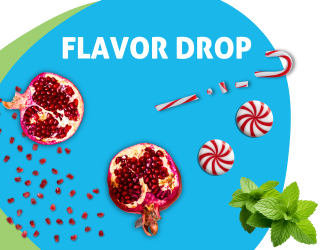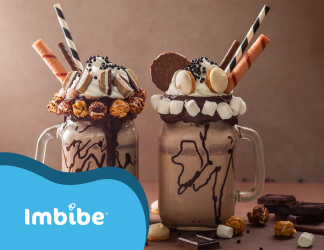Marketers have spent decades identifying strategies to build brand loyalty, but rapidly evolving consumer needs, spontaneous buying behavior, experience-driven culture, and market saturation have made it much more difficult to get consumers to stay dedicated to one brand. In wake of COVID-19, brand loyalty is even more precarious. On the one hand, consumers flocked to the familiar when stay-at-home orders were first implemented. However, when options on the shelf became scarce consumers were willing to purchase the product with the best value or simply what was available. We’ve identified some common practices of successful brands with a loyal customer base, and established eight essential tips based on our observations:
- Product Quality – First and foremost, your product must meet the quality standards that consumers expect from your brand’s promise and price point. Drinking is a sensory experience and while taste is king when it comes to consumer preferences, texture and appearance also play an important role. For example, you don’t want protein beverage to be chalky, your nitro cold brew to fall flat, or your alt dairy beverage to separate in a glass.
- Fulfill a Need – Solve a problem for your target consumer and they are more likely to repurchase your product. In the beverage industry, our minds often think of functional beverages like energy drinks, protein shakes, kombucha, or adaptogenic elixirs to fulfill a need. While these types of beverages certainly offer added value to the consumer, fulfilling a need could also be something like an indulgent offering for an afternoon pick-me-up or using sustainably sourced ingredients for someone who values protecting the environment.
- Cost –Consumers have been willing to pay more for convenience and premiumization since the end of the recession, but economic uncertainty caused by the pandemic makes cost a top consideration. Consumers will seek out products that are affordable and meet the taste, quality and functional expectations of consumers, especially for everyday items with a plethora of options like milk (or alt dairy), coffee, tea water, and CSDs.
- Be Innovative – True innovation is finding whitespace in the market and bringing something new to the consumer. This might be offering a new taste or sensory experience, finding a technical solution to bring in-demand ingredients to new formats, creating an allergen-friendly version of a product, adding a new spin on a common product, or introducing an entirely new product to the market. If you want your product to appeal to the broader market, create something new and unique that appeals to a like-minded crowd.
- Offer an Experience – Consumers are seeking out adventurous sensory experiences delivered through exotic flavors, bright colors and unique textures as well as familiar treats that trigger pleasant feelings of nostalgia. Try global flavors like guava, blood orange, yuzu, chili, cayenne or cardamom with familiar flavors like lemon, strawberry, or pineapple. Utilize ingredients with bold colors like blue majik, turmeric, beet, matcha, or butterfly pea flower. Introduce creamy textures from nitrogen-infusions or whipped ingredients to new product categories. Help consumers experience adventure and comfort by incorporating nostalgic flavors with a twist, such as cereal milk and mint lemonade. These unique experiences will create an emotional connection with the product (e.g. intrigue, excitement, adventure).
- Speed to market – Speed to market is important for many reasons. In terms of customer loyalty, it is important because you want to introduce a product before consumers get burnt out by options. Your product still has a chance of surviving in a saturated market if it exceeds quality expectations and has a unique point of difference, but the more “me too” products on the shelf the harder it is to get noticed late in the game.
- Build Trust – In today’s hyper-connected world, a brand must appear authentic in order to build trust. There are many ways to improve authenticity, such as transparency about business practices and ingredient sourcing, connecting with consumers online, and (most importantly) delivering on your brand promise. You can also build trust by creating a loyalty program. One route is the traditional loyalty program where consumers can earn points for discounts or swag. Another way is to give back is by building a philanthropic mission into your brand and donating a portion of every product sold to a cause near and dear to the hearts of your target consumer.
- Create an E-Commerce Strategy – Consumers are purchasing products online now more than ever as a result of COVID-19. Especially when launching new products, it’s important to not ignore digital distribution channels while consumers are spending less time in conventional channels like grocery and convenience stores.
Ready to get started on a product your customers will love? Want to continue the conversation? Our team has vast experience with many beverage types and as your development partner we can guide you through your next innovation. Email thedrinktank@imbibeinc.com to connect!



